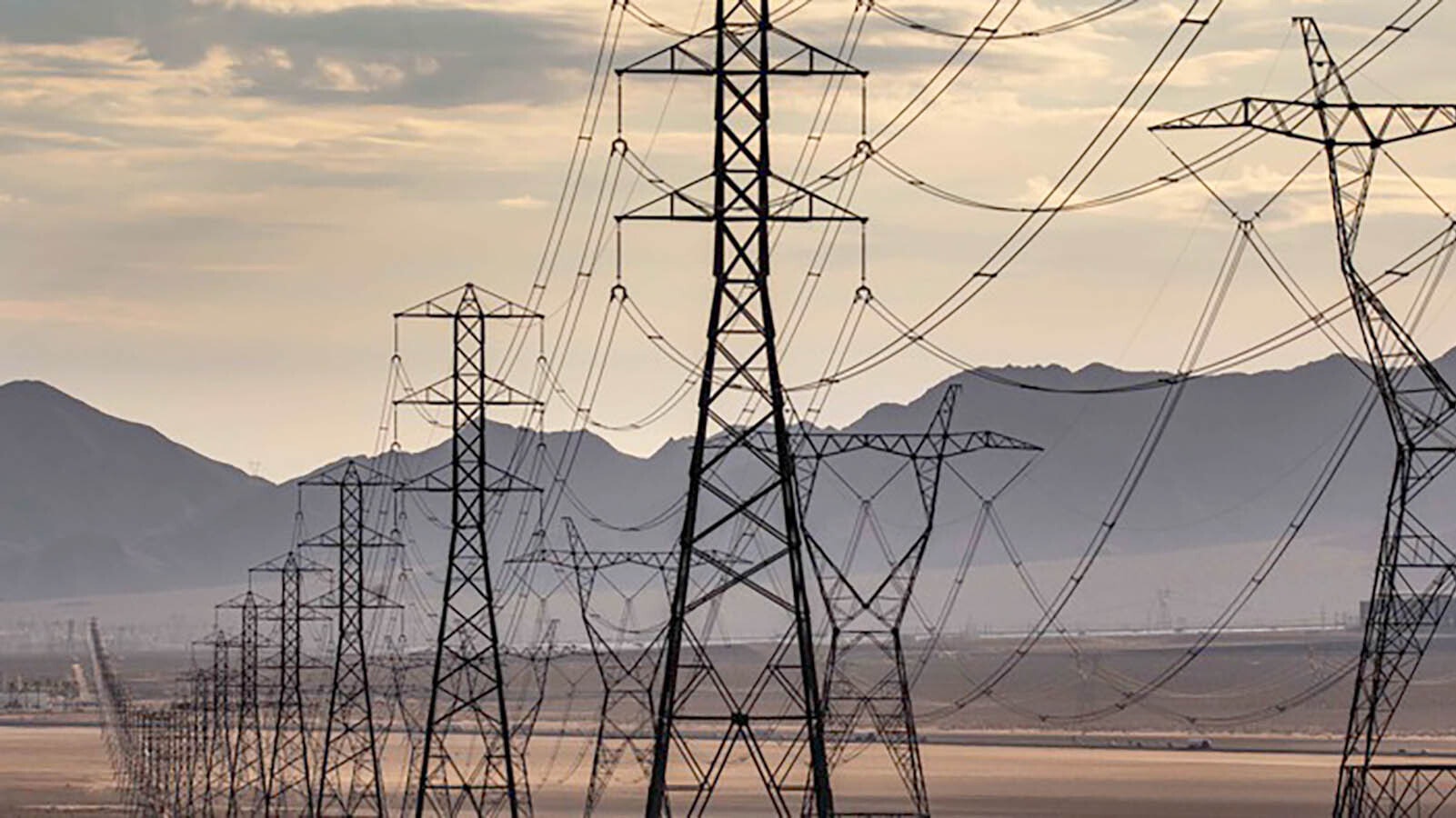Wyoming residents play less than most Americans for electricity, says a Wednesday report from the American Legislative Exchange Council that declares Wyoming is home to the lowest power bills in the United States.
“As the lowest-cost state for energy consumers in the nation, Wyoming stands out for its excellent affordability, reliability and grid mix ratings,” reports ALEC in the fourth edition of its annual Energy Affordability Report.
“The state does not have a Renewable Portfolio Standard, nor does it participate in cap-and-trade carbon tax schemes that plague high-cost states,” continues the report, which evaluated in cents per kilowatt-hour (kWh) data from 2023 compiled by the U.S. Energy Information Administration. It includes residential, commercial, industrial and transportation sectors.
The ALEC report found Wyoming residents pay 8.24 cents per kWh, followed closely by North Dakota (8.42 cents per kWh) and Idaho (8.51 kWh).
Over the last four years, Wyoming’s electricity consistently ranks among the most affordable, Jake Morabito, a senior director at ALEC, told Cowboy State Daily on Thursday.
“State policy really does have consequences,” said Morabito, describing ALEC as an organization committed to the principles of limited government, free markets and federalism.
“Wyoming's really a demonstration for the rest of the country,” he said. “Why a more market-driven approach, allowing the different types of electricity generation to compete on the marketplace that leads to lower prices for businesses and for families.”
State Portfolios
“Wyoming takes advantage of a relatively diverse mix of energy generation technologies,” continued the ALEC report. “In addition to coal and wind, which make up the bulk of generated electricity, the state also has natural gas and hydroelectric power that allow the market to respond to price fluctuations.
In its ranking of top electricity generation sources in Wyoming, the ALEC report ranked coal first at 72%, then wind at 21%, natural gas at 4%, hydroelectric at 2% and “other gases” at 1%.
Other top coal-burning states include Utah at 58%, Missouri at 67% and West Virginia at 90%.
“California and Hawaii had the highest prices in the nation, with Californians paying more than 20 cents per kWH and Hawaiians paying more than 30 cents per kWH,” says the report, which blames Renewable Portfolio Standards, cap-and-trade programs and net metering for higher costs.
Lots Of Reports
Energy affordability is a topic popular enough to qualify as clickbait.
How so? Organizations as diverse as the tech newsite CNET and the quick loan company Cash Net USA recently published reports about electricity costs and the economics of energy efficiency.
The Cash Net USA report, produced by an outside media agency, found Wyoming households spend around $1,500 on electricity each year, $439 less than the national average. That makes Wyoming the third cheapest state when it comes to power bills, according to the findings put out NeoMam Studios for Cash Net USA.
“The rates charged by Wyoming's biggest energy provider, Rocky Mountain Power, increased twice last year, amounting to an increase of $23 per month on average for customers,” stated James Barnes, head of research at NeoMam Studios, in an email to Cowboy State Daily.
“This year, Rocky Mountain Power has a proposed 10.2% price increase set to be heard by Wyoming regulators, which if agreed upon, would result in a $14 average monthly increase for customers starting in June,” added Barnes. “They cited wildfire liability insurance costs as a key reason behind this suggested price hike.”
Rocky Mountain Power did not return messages from Cowboy State Daily.
Discrepancies in the Data
Recent CNET research found Wyoming residents paid the lowest monthly power bill at $99.27, based on data from 2023.
CNET went on to list Wyoming’s average cost per kWh at 11.46 cents, with Washington boasting the lowest cost at 10.98 per kWh.
EnergyBot gives the nod to North Dakota for the lowest average electricity rate of 9.93 cents per kWh.
Like other reports, EnergyBot crowned Hawaii as the state with the most expensive electricity at 40.51 cents per KWh.
Many are keeping tabs on electricity prices because the world's energy demand grew 2.2% in 2024, a pace described as "faster than average" by the International Energy Agency in its recently released 2025 Global Energy Review.
Unlike the ALEC Affordability Report, the IEA findings emphasize the benefits of renewable power.
Global electricity generation rose by 1,200 terawatt hours (TWh) in 2024, an increase of 4%, with solar climbing by about 480 TWh and wind up by 180 TWh, according to the IEA.
The IEA report concluded, “Renewable energy is the driving force in new electricity capacity.”
David Madison can be reached at david@cowboystatedaily.com.





